December 1st is National Eat A Red Apple Day. We all remember the saying, “An apple a day keeps the doctor away.” It’s true! But do you know why? Apples have a high nutritional value. The peel alone has antioxidants that can reduce the risk of some diseases and the apple is fat, sodium and cholesterol free!
There are over 7,500 varieties of apples grown all over the world so finding your favorite will be a healthy taste experience.
Here is a list to get you started on eating your way through the apple world one bite at a time!
Thanks to the US Apple Association for the apple information.
|
This apple originated in New Zealand in the early 1950s, as a chance seedling with Lady Hamilton and Granny Smith as possible parents. Now grown in the United States, Braeburn is a multipurpose apple good for all types of apple uses. Its color varies from orange to red over a yellow background. This crisp, juicy apple has a rich, spicy-sweet flavor. U.S. Braeburns are available beginning in October through July.
|
|
|
This new apple with an old-world name was discovered as a chance seedling in the late 1980s in Washington state. Cameo® makes its cameo appearance beginning in October. It bears red stripes over a cream-colored background. Extra-crispy Cameo has a sweet-tart taste. This apple resists browning, making it a natural choice for salads and fruit trays. Cooks, please note that Cameo’s extra-denseness takes a bit longer to cook. Cameo is a registered trademark of the Cameo Association.
|
|
|
This variety originated in the late 1890s in New York state, a cross between McIntosh and Ben Davis developed at the New York State Agricultural Experiment Station. Sweeter than its McIntosh parent, with only a hint of tartness. Cortland has tender, snow white flesh that resists browning, making it an excellent choice for salads, kabobs and garnishes. The Cortland is available September through April.
|
|
|
Empires premiered in 1966 in the Empire State of New York, a cross between Red Delicious and McIntosh developed by the New York State Agricultural Experiment Station. This crisp, juicy apple has a delightful sweet-tart flavor and creamy white flesh, making it a good all-purpose apple. Stake out your Empire between September and July.
|
|
|
Originally developed in Japan in the late 1930s and named after the famous Mt. Fuji, U.S.-grown Fujis began appearing in markets in the 1980s. Fuji is a cross between Ralls Janet and Red Delicious. This variety’s popularity is skyrocketing, thanks to its sweet flavor and firmness. Fuji apples are bi-colored, typically striped with yellow and red. They are available year round, beginning in September.
|
|
|
This variety originated in New Zealand, a cross between Kidd’s Orange Red and Golden Delicious. The Royal Gala strain was named in honor of Queen Elizabeth II, who deemed it her favorite during a visit to New Zealand. It was brought to the United States in the early 1970s, and is now one of the country’s most popular apples. This crispy, juicy, very sweet apple is ideal for snacking. Galas can vary in color, from cream to red- and yellow-striped. U.S.-grown Galas are harvested beginning in mid-July, and are typically available year-round.
|
|
|
A Virginia grower discovered this apple sprouting amid the ruins of a hurricane-devastated orchard in the late 1960s, and named this greenish-gold, sweet-tart apple after his sweetheart. Its parentage includes Albemarle Pippin, a favorite apple of Thomas Jefferson. This early-season Eastern apple is great for salads, and cooks well too. Available in limited but growing supplies starting in mid-October.
|
|
|
This old favorite was discovered as a chance seedling in 1890 in Clay County, W.Va., and was originally named Mullin’s Yellow Seedling. Renamed in 1916, its parents are thought to be Golden Reinette and Grimes Golden. Goldens have a pale yellow skin, sometimes with a red blush. Mellow and sweet, all-purpose Goldens are great for eating out of hand, baking and salads. Golden’s crisp, pale yellow flesh resists browning, making it a good choice for salads and other dishes. Goldens appear on the market in September, and are available year-round. Cooks, note that you can reduce the amount of added sugar when making pies with Goldens.
|
|
|
This Australian native was discovered in 1868 as a chance seedling by “Granny” Anne Smith of Ryde, New South Wales. One parent might have been a French Crab Apple. Grannys are known for their distinctive green flesh, which sometimes bears a red blush, and their very tart flavor. An all-purpose apple, Grannys work equally well as a snack or in pies and sauce. U.S. Grannys are harvested beginning in August, and are available year-round.
|
|
|
This honey of an apple has a honeyed, mild flavor and crispness deemed explosive. Crispy, juicy and sweet, this popular newcomer is a cross between a Macoun and a Honeygold. Honeycrisp’s skin is a distinctive mottled red over a yellow background, with coarse flesh. This apple is good for snacking, salads and sauce-making, and stores well. Honeycrisp is college educated, developed by the University of Minnesota. Harvested beginning in September, supplies are limited but growing.
|
|
|
Introduced in 1942, this Idaho Agricultural Experiment Station product is a cross between the Jonathan and Wagener apples. It has a tangy flavor like the Jonathan, but is much larger. It has a bright red skin, and firm texture. This apple is good for snacking and holds its shape ideally for baking. Available from September through June.
|
|
|
A blend of Jonathan and Golden Delicious apples, New York native Jonagold offers a unique honey-tart flavor, and crispy, juicy nearly yellow flesh. It debuted in 1968, a product of the New York State Agricultural Experiment Station. With a yellow-green base skin color and a red-orange blush, it is excellent both for eating fresh and for cooking. Jonagold is typically available October through July.
|
|
|
This variety of apples was discovered in Woodstock, N.Y., in the 1920s and is known for its use in pies and applesauce. This crimson apple with occasional touches of green has a spicy tang that blends well with other varieties in sauces and cider. Jonathan is typically available from September through April.
|
|
|
This is old, well-known variety, was discovered as a chance seedling by John McIntosh in 1811. Its deep red finish sometimes carries a green blush. Juicy, tangy tart McIntosh has a tender, white flesh. It is best used for snacking and applesauce, but some people enjoy its tart flavor in pies as well. (Cook’s hints: McIntosh’s flesh cooks down easily; if pie making, cut your slices thick or add a thickener). This apple is typically available from September through May.
|
|
|
Also known as Albemarle Pippin, a favorite variety of Thomas Jefferson. Discovered on Long Island in 1759, this apple is one of the oldest original U.S. varieties, helping to launch the U.S. fruit export industry. Newtown Pippin is a distinctive green, often with yellow highlights. Its aromatic, tangy flesh makes the Newtown great for use in pies and applesauce. Primarily a processing variety, most U.S. supplies are used commercially. Newtown Pippin is typically available from September through December.
|
|
|
Notable for its hot pink skin color and lily white flesh, this Southern Hemisphere native is now growing la vita loca stateside. A cross between Golden Delicious and Lady Williams, crunchy Pink Lady has a unique sweet-tart flavor described as “Gala with a zing!” Pink Lady is great for snacking, slicing or dicing on a salad, and for baking. This lady makes her debut in mid-October, one of the last varieties to be harvested. Supplies available through late spring or early summer. Pink Lady is a registered trademark of Brandt’s Fruit Trees, Inc., and is managed by Pink Lady USA.
|
|
|
This most widely recognized of all U.S. apple varieties originated in Iowa in the 1870s. This sweet, crispy, juicy apple varies in color from striped red to solid midnight red. Western Red Delicious is elongated in shape, with pronounced “feet”; Eastern-grown Delicious is more round. This apple is best eaten fresh or in salads. Red Delicious apples are available year round, starting in September.
|
|
|
|
|
|
Referred to as the “baker’s buddy,” this apple was discovered as a chance seedling in the early 1800s on a farm near Rome Township, Ohio. Famed for its storage qualities, this mildly tart apple is primarily used for cooking and is especially good baked or sautéed. The Rome apple is typically available beginning in September.
|
|

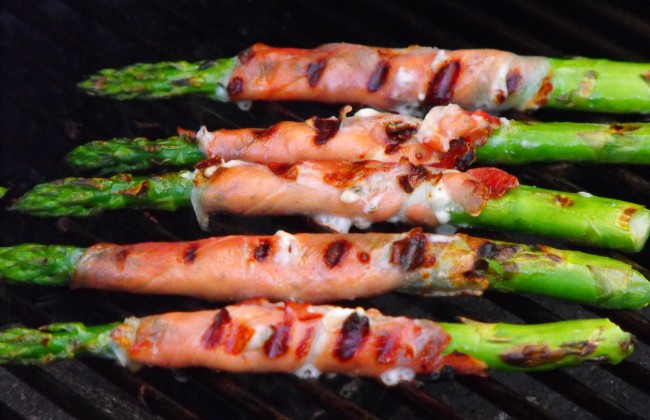


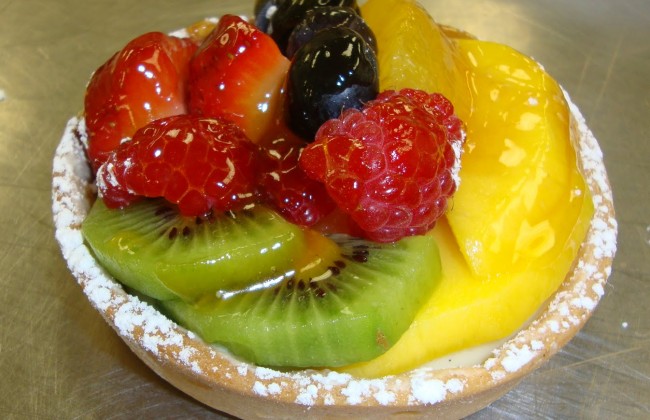
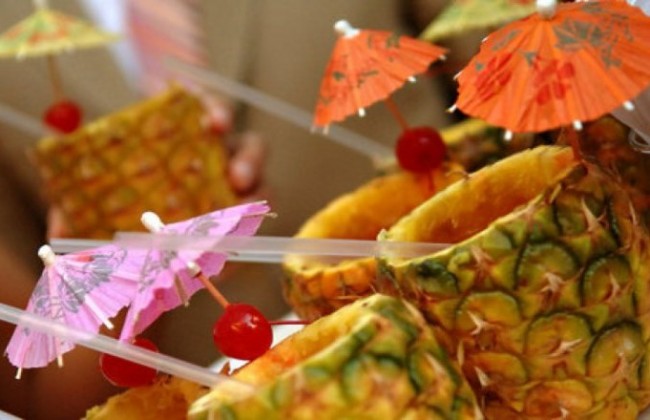




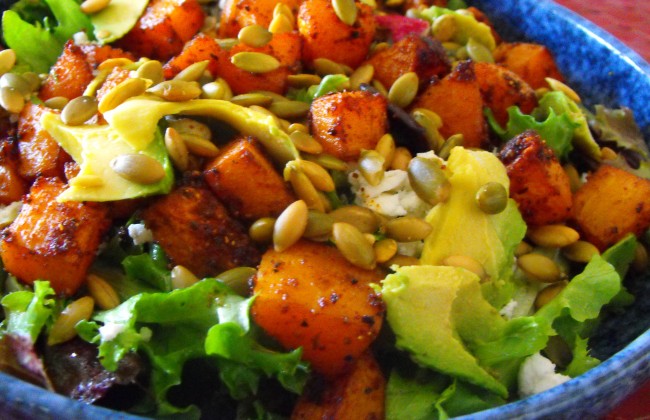



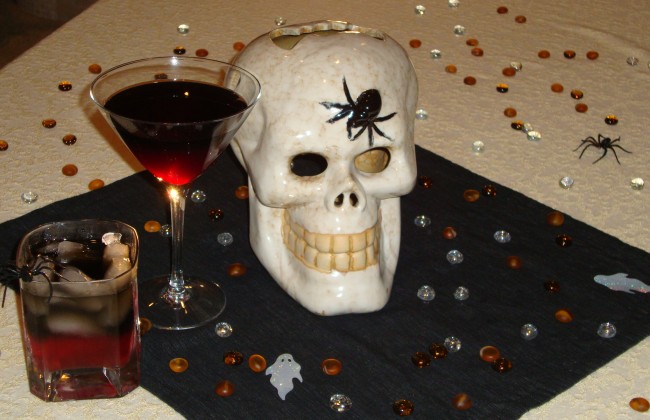



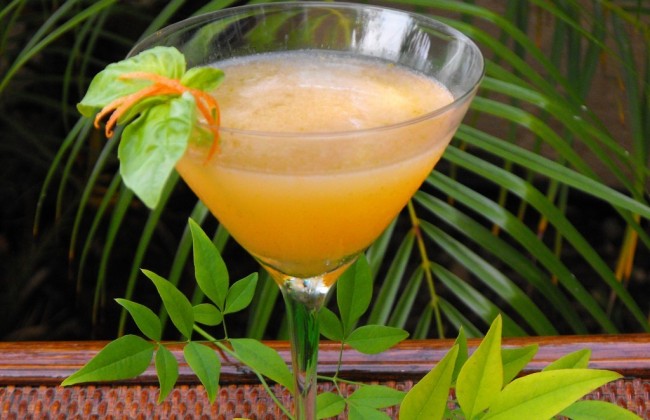
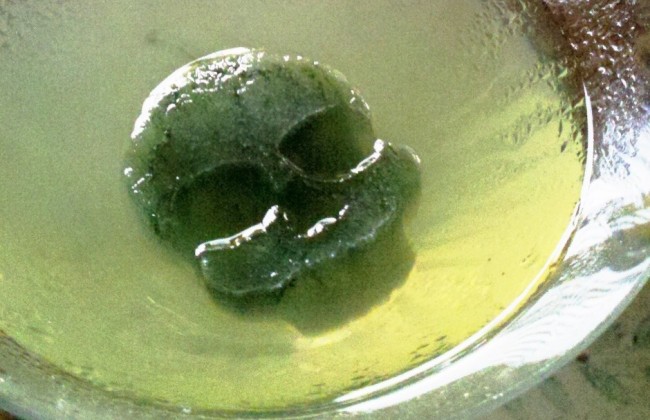
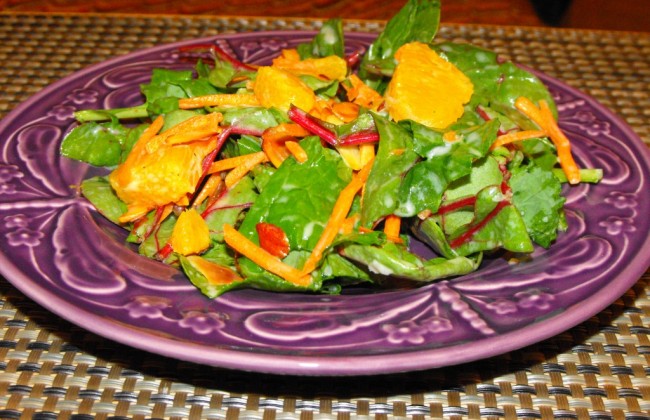
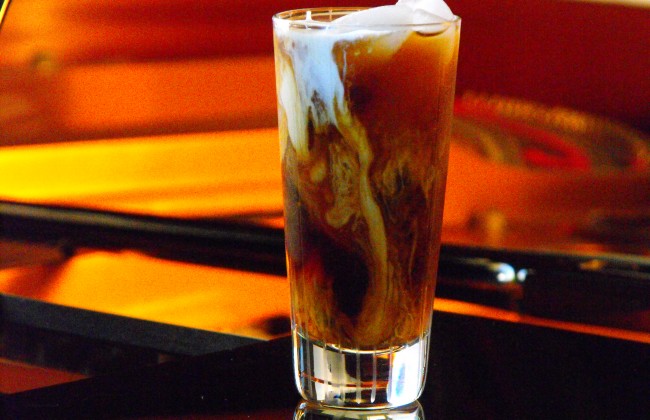




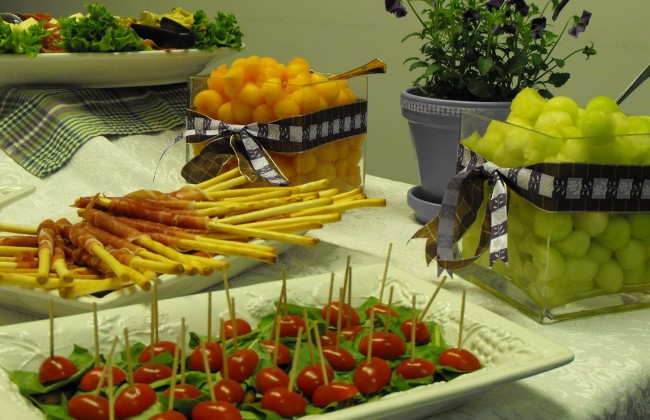

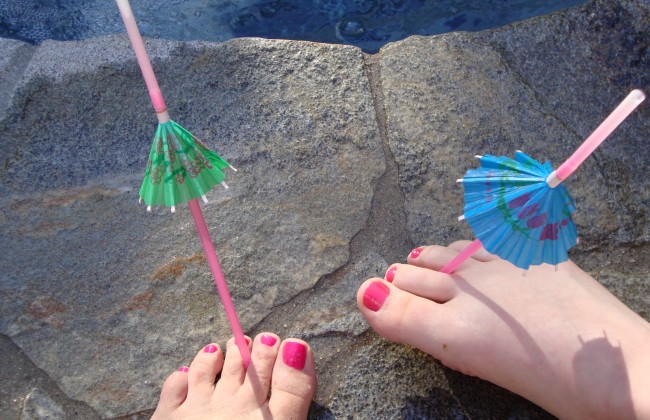

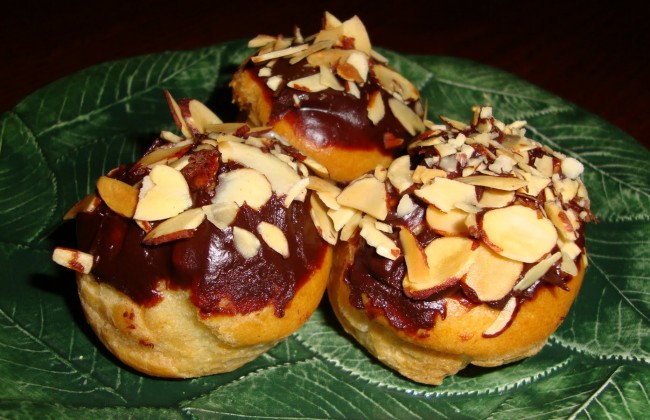

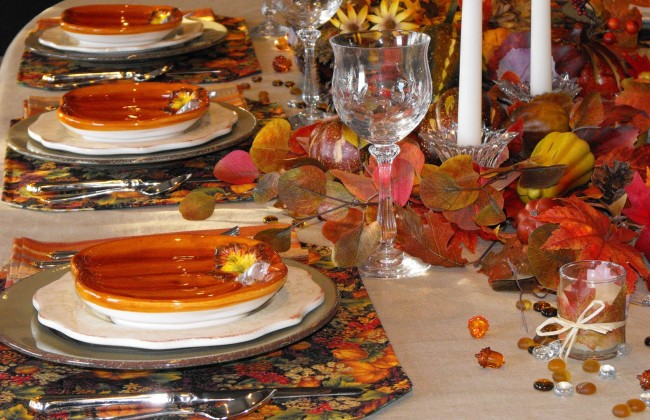
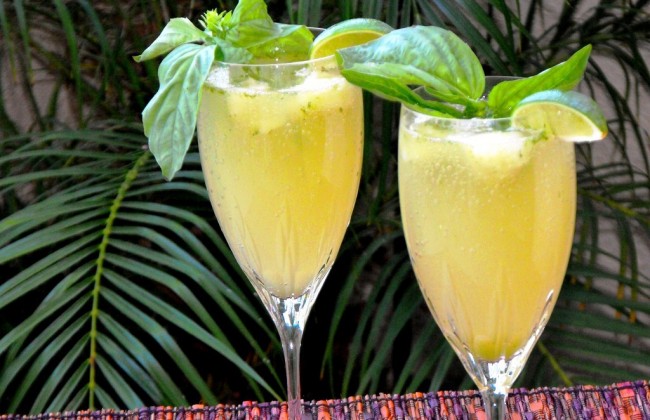



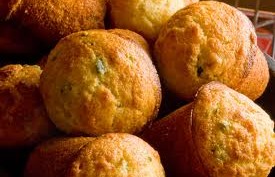


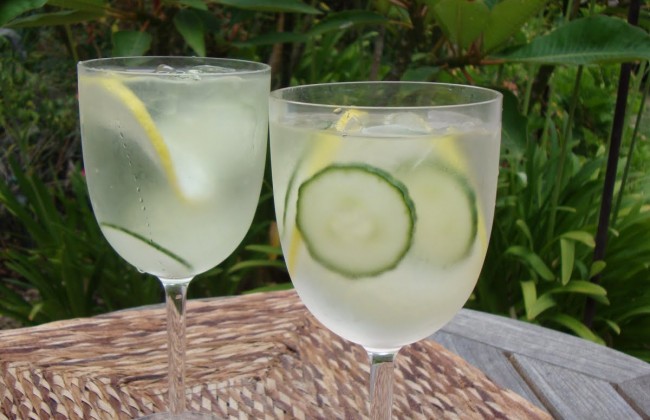

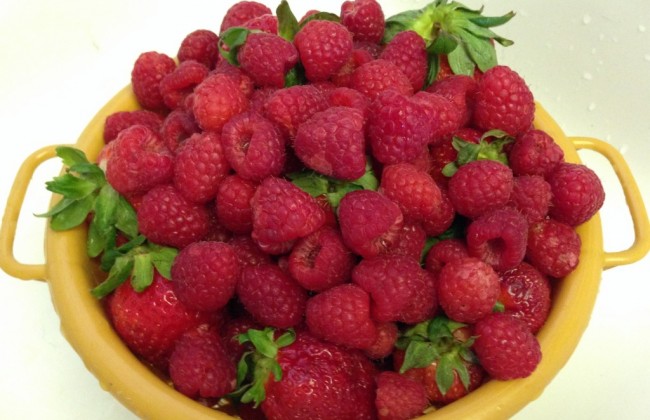



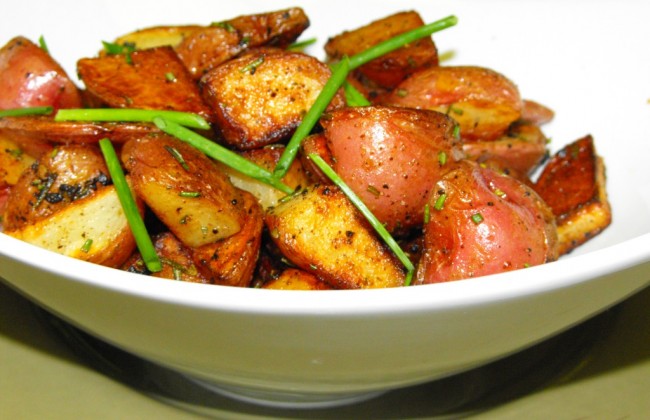
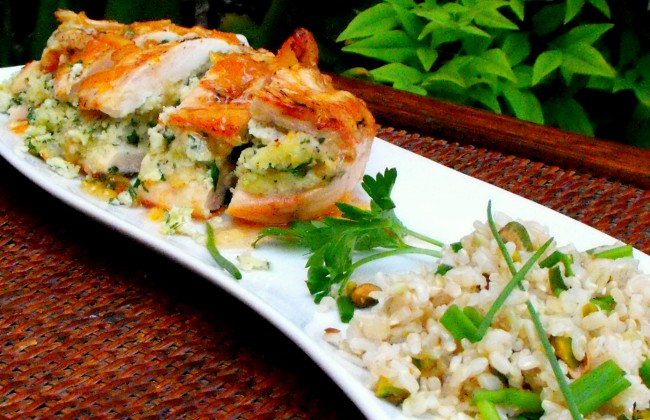





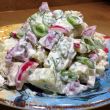
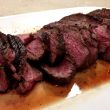





Wow. I didn't realize there were so many apples. I wonder what they apple varietals are up in Julian? We'll have to check that out!